Check, Checkmate, and Stalemate
Chess is a game of strategy and careful planning, but it's also a game of threats and attacks. One of the most important aspects of the game is understanding the concepts of check, checkmate, and stalemate. In this blog post, we will explain what these terms mean and how to recognize them in your games.
What is Check?
Check is a term used in chess to indicate that a player's king is under attack. When a king is attacked by an opposing piece, it is said to be "in check." The attacking player must announce "check" when making the move that puts the king in check. It is then up to the defending player to get their king out of check on their next move.
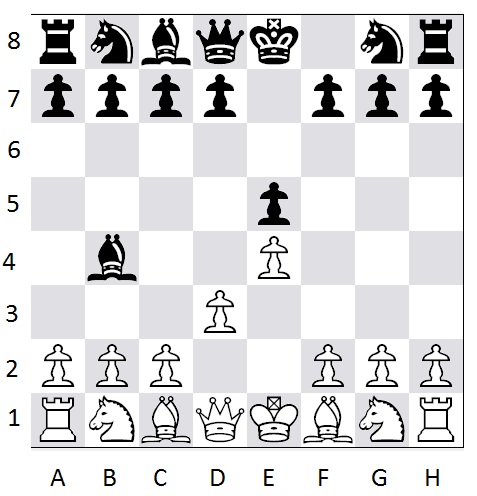
How to Get Out of Check
If your king is in check, you must take action to get out of check on your next move. Leaving your king in check is not allowed, and failing to get out of check on your next move will result in a loss of the game. There are three ways to get out of check:
-
Move the king: The most common way to get out of check is to move your king to a safe square where it is no longer under attack.
-
Block the attack: If your king is attacked by an enemy piece that is not a knight, you can block the attack by placing one of your own pieces between the attacking piece and your king.
-
Capture the attacking piece: If your king is attacked by an enemy piece, you can capture the attacking piece with one of your own pieces.
It is important to note that you cannot get out of check by moving a different piece or ignoring the check. If you are unable to get out of check on your next move, it is considered checkmate and the game is over.
What is Checkmate?
Checkmate is the term used to indicate that a player's king is in check and there is no legal move available to get out of check. In other words, the king is under attack and there is no way to move the king to safety, block the attack, or capture the attacking piece. When a player is in checkmate, the game is over and that player loses.
Exceptions to Checkmate
There are a few exceptions to the checkmate rule. If a player is in checkmate but their opponent does not have enough material to checkmate the king, the game is considered a draw. Material refers to the pieces on the board; if a player has only a king left, they cannot checkmate the opponent's king, and the game is a draw.
Another exception is the "stalemate" rule. Stalemate occurs when a player's king is not in check, but the player has no legal move available. In other words, all of their pieces are either blocked or under attack, and they cannot make a move without putting their king in check. Stalemate is considered a draw, and the game is over.
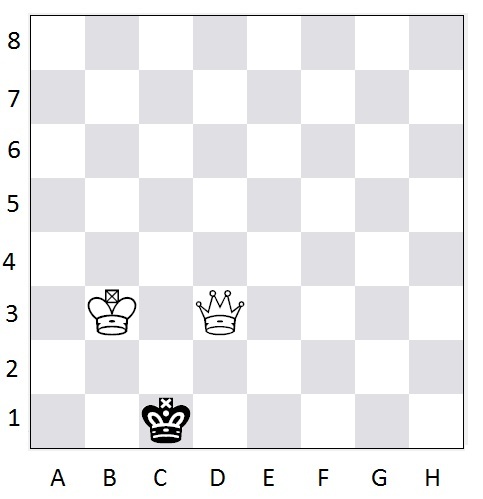
Conclusion
Understanding the concepts of check, checkmate, and stalemate is crucial to playing chess. Knowing when your king is in danger and how to get out of check is essential to avoiding a loss. Additionally, being aware of the exceptions to checkmate and the stalemate rule can help you salvage a draw from a seemingly lost position. With this knowledge in mind, you'll be well on your way to becoming a better chess player.


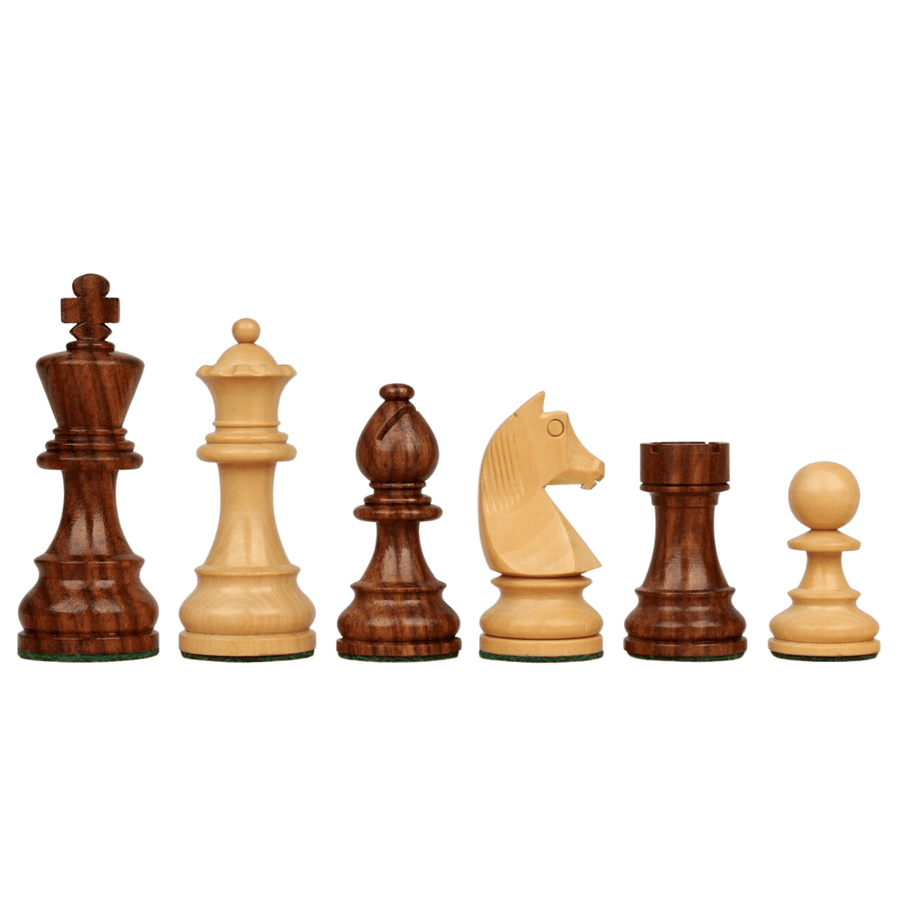
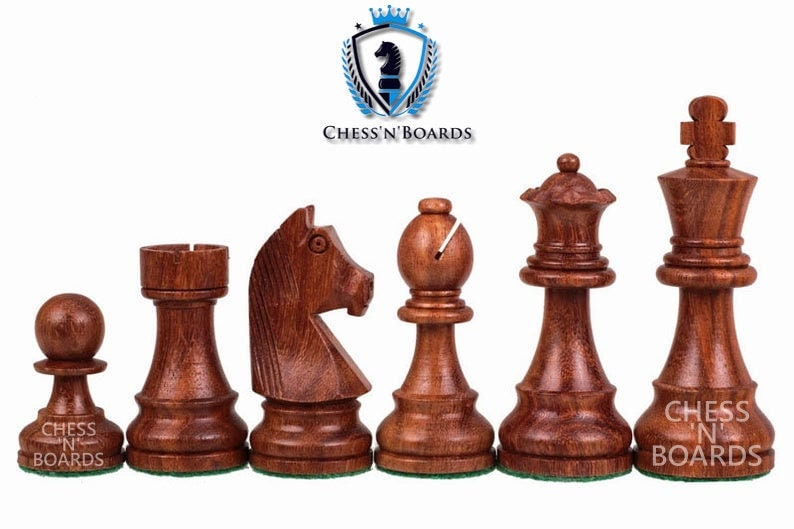
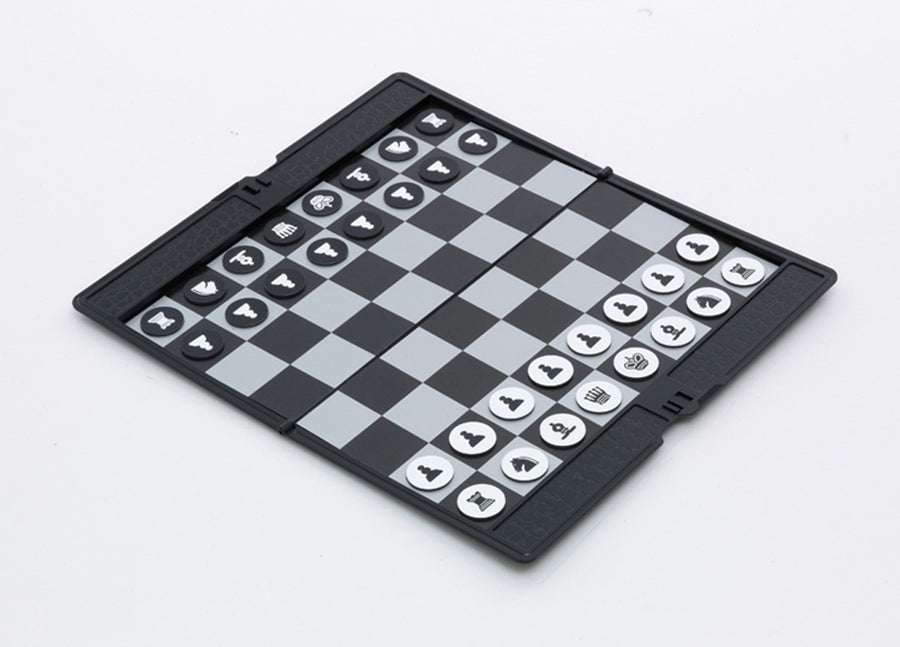
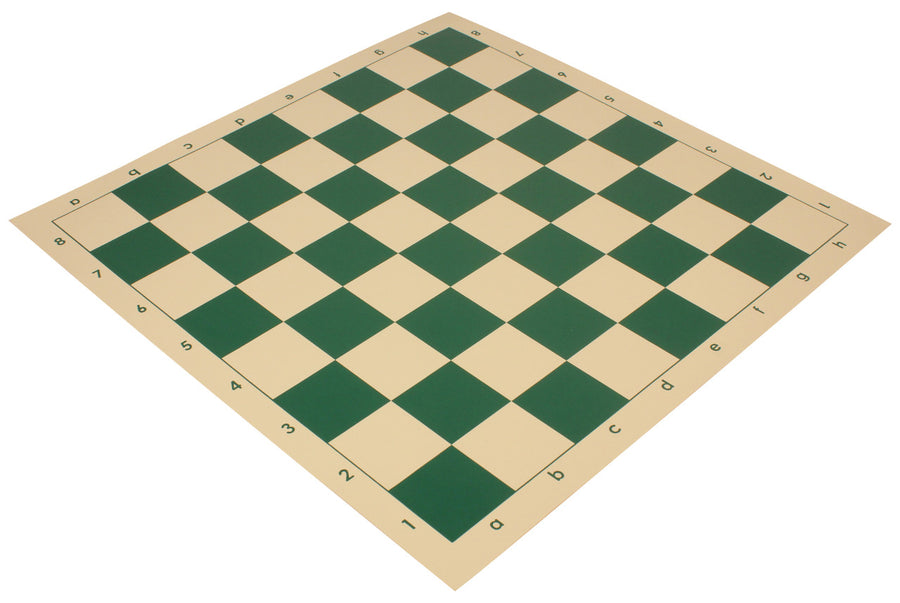
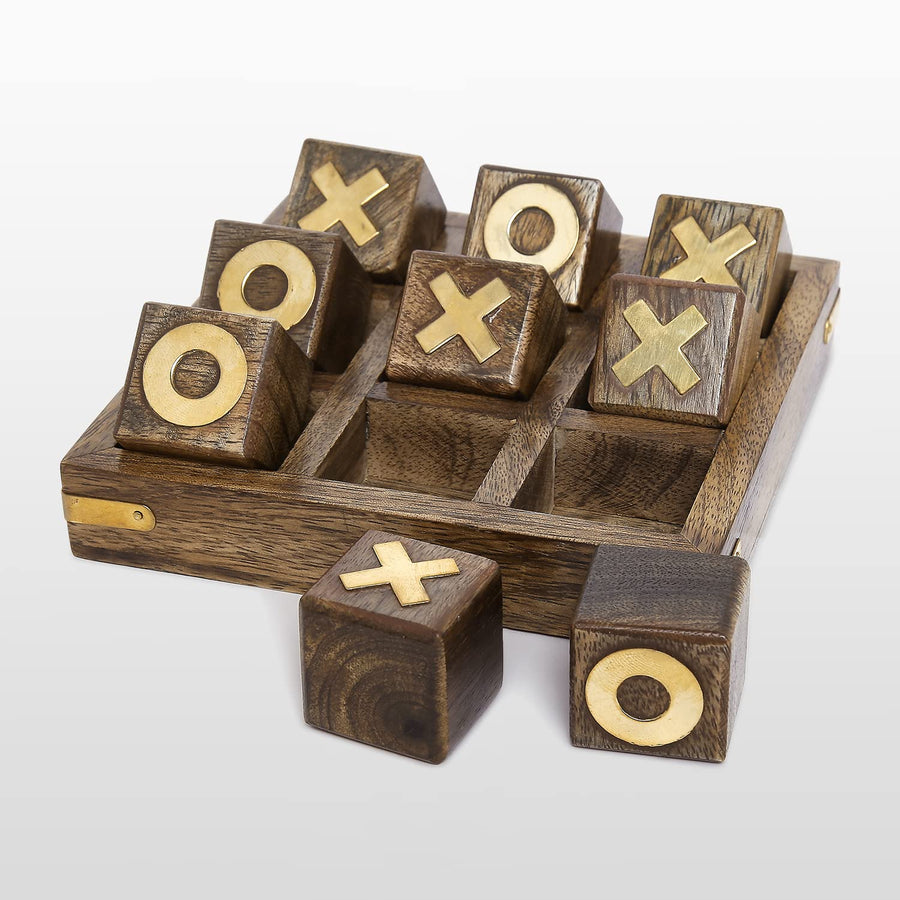
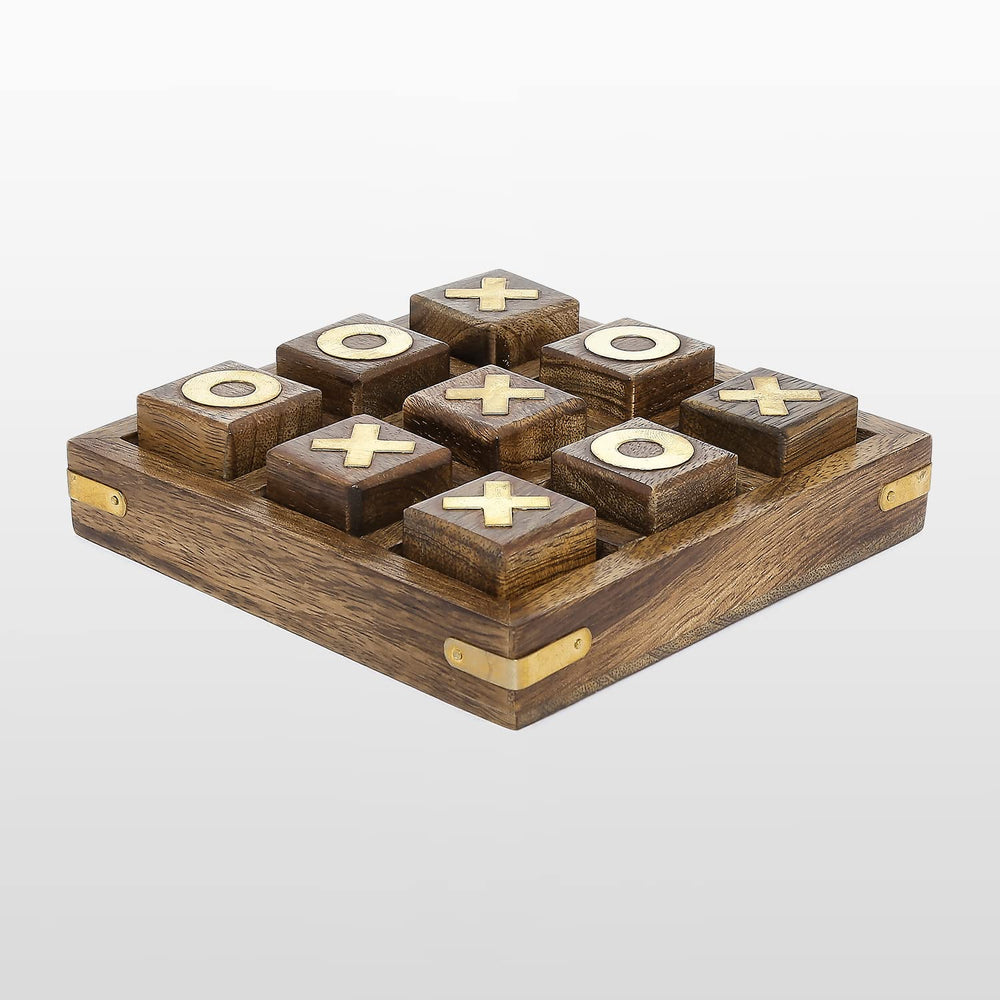
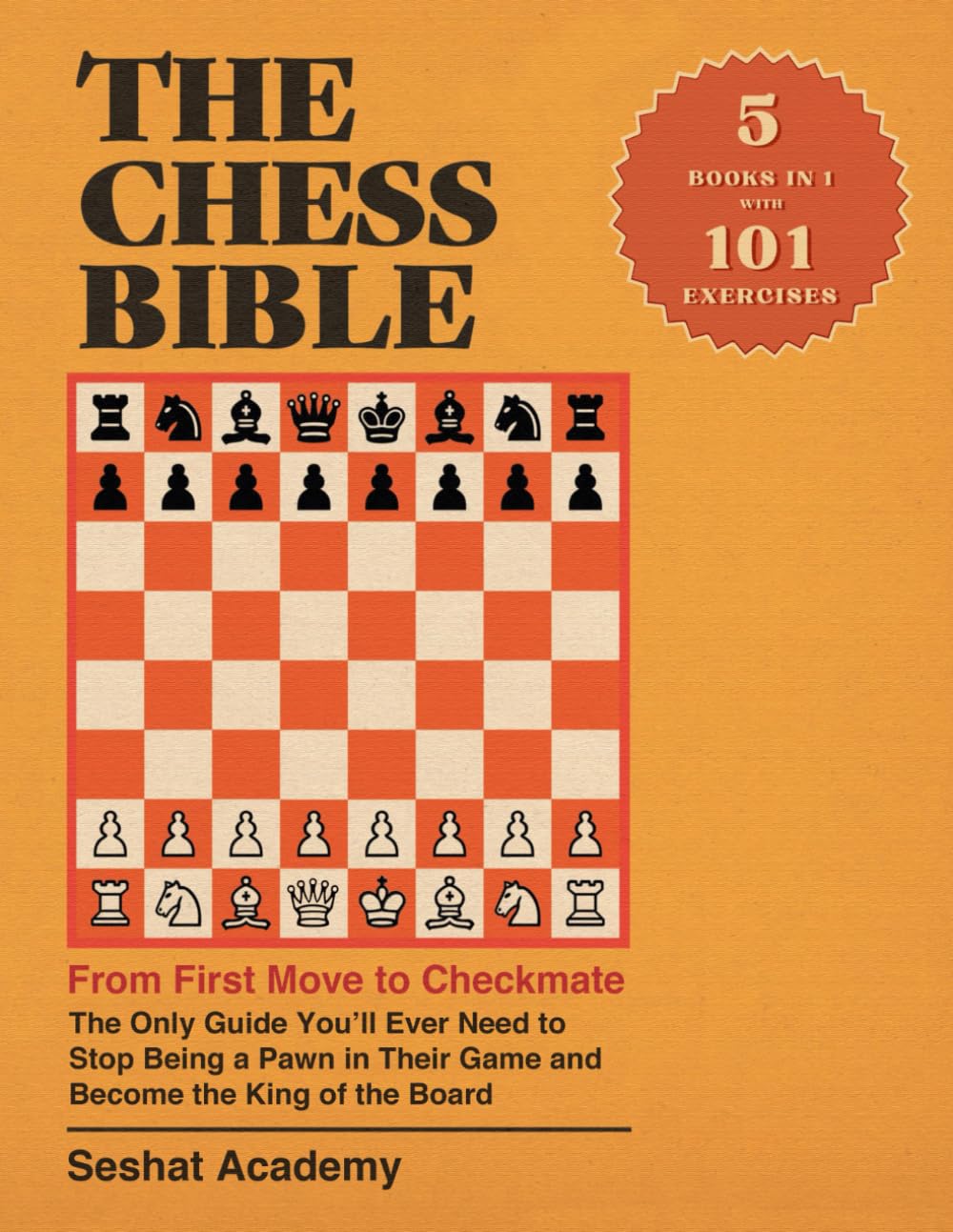
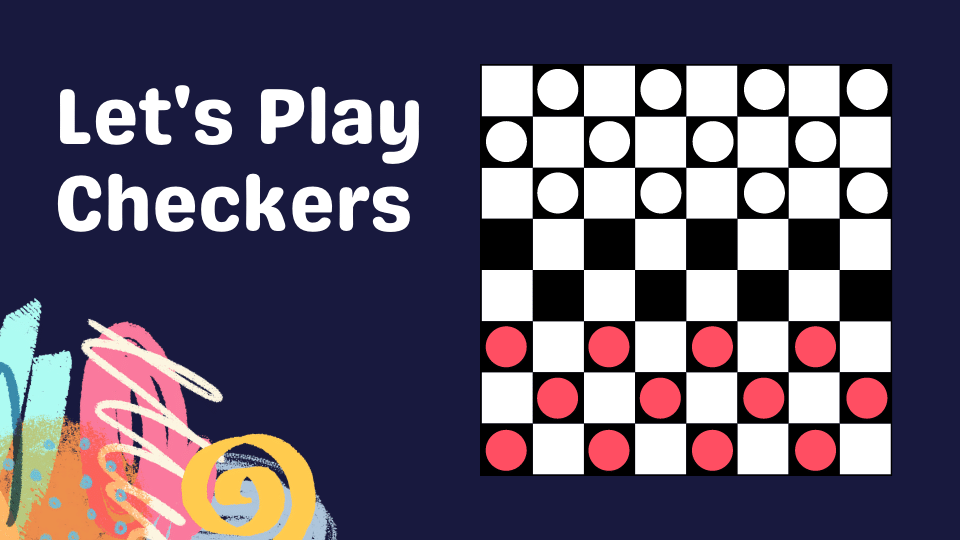
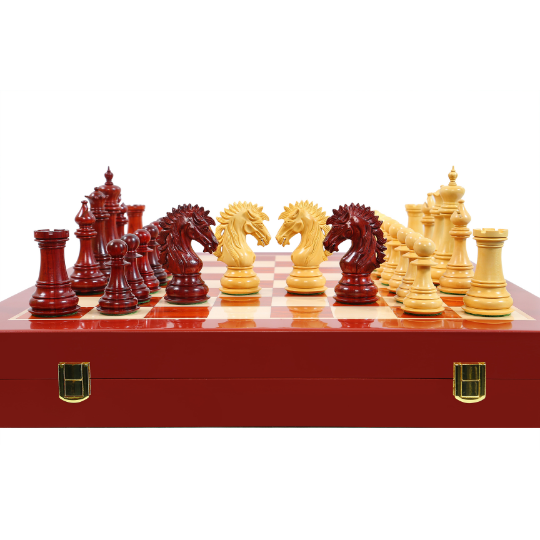
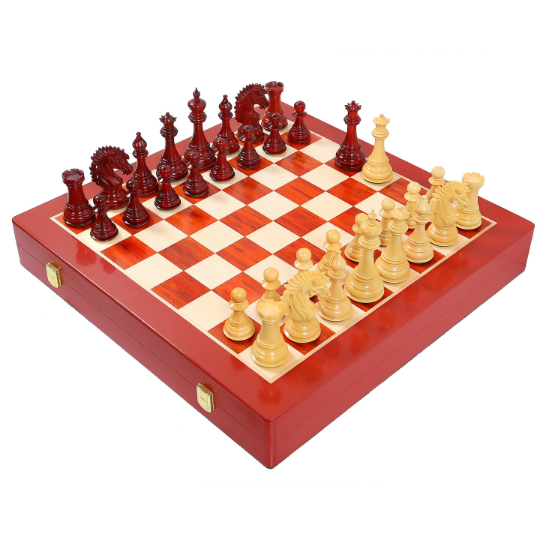
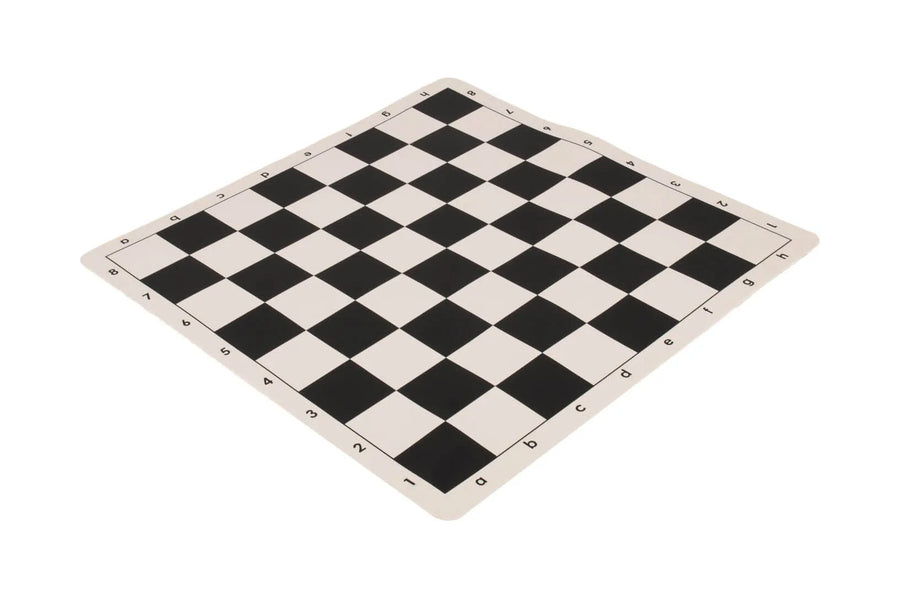
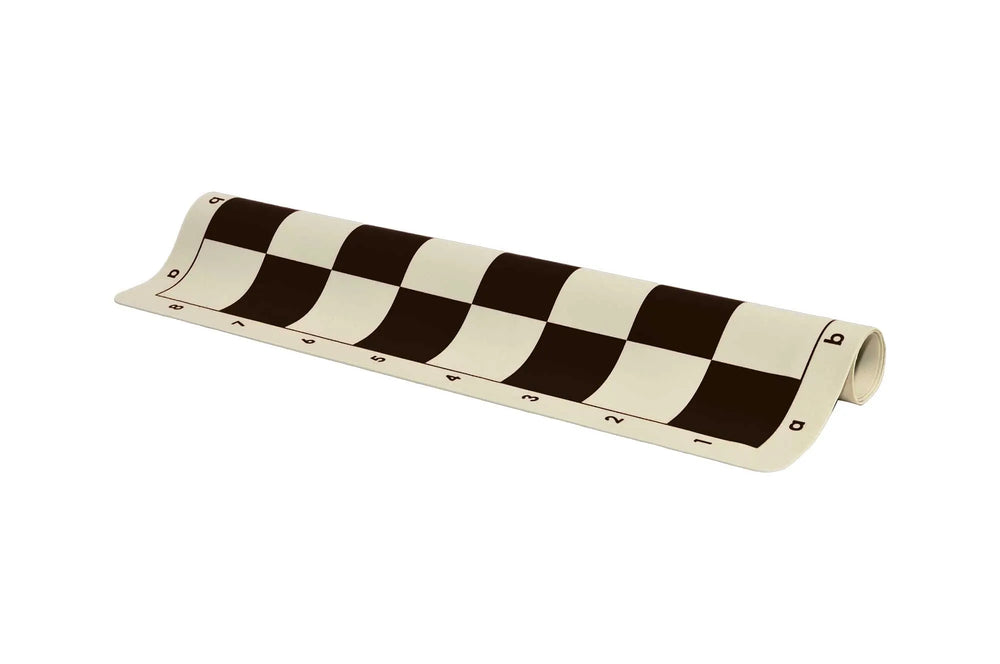
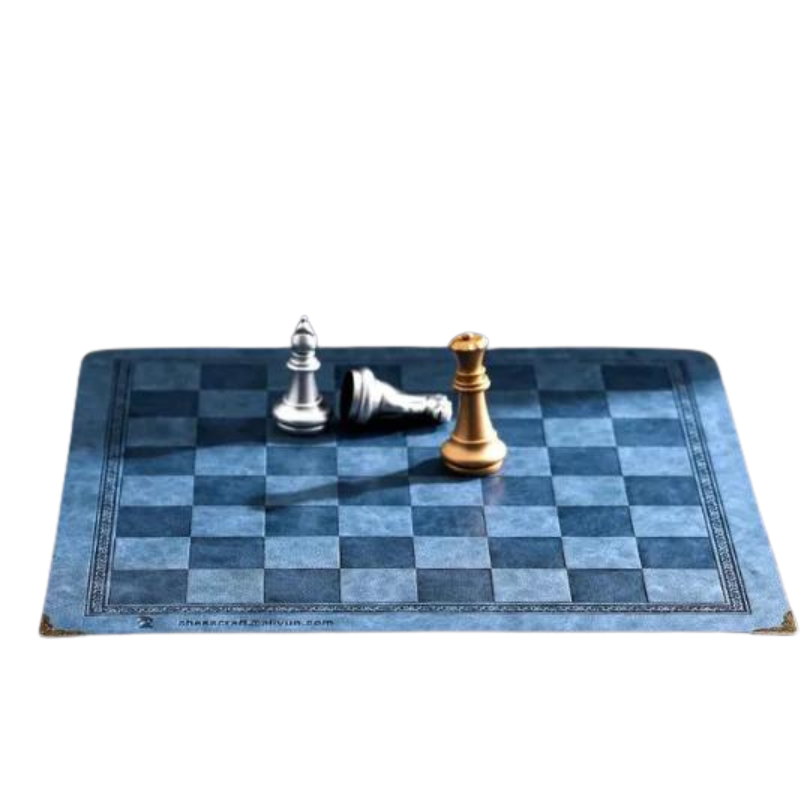
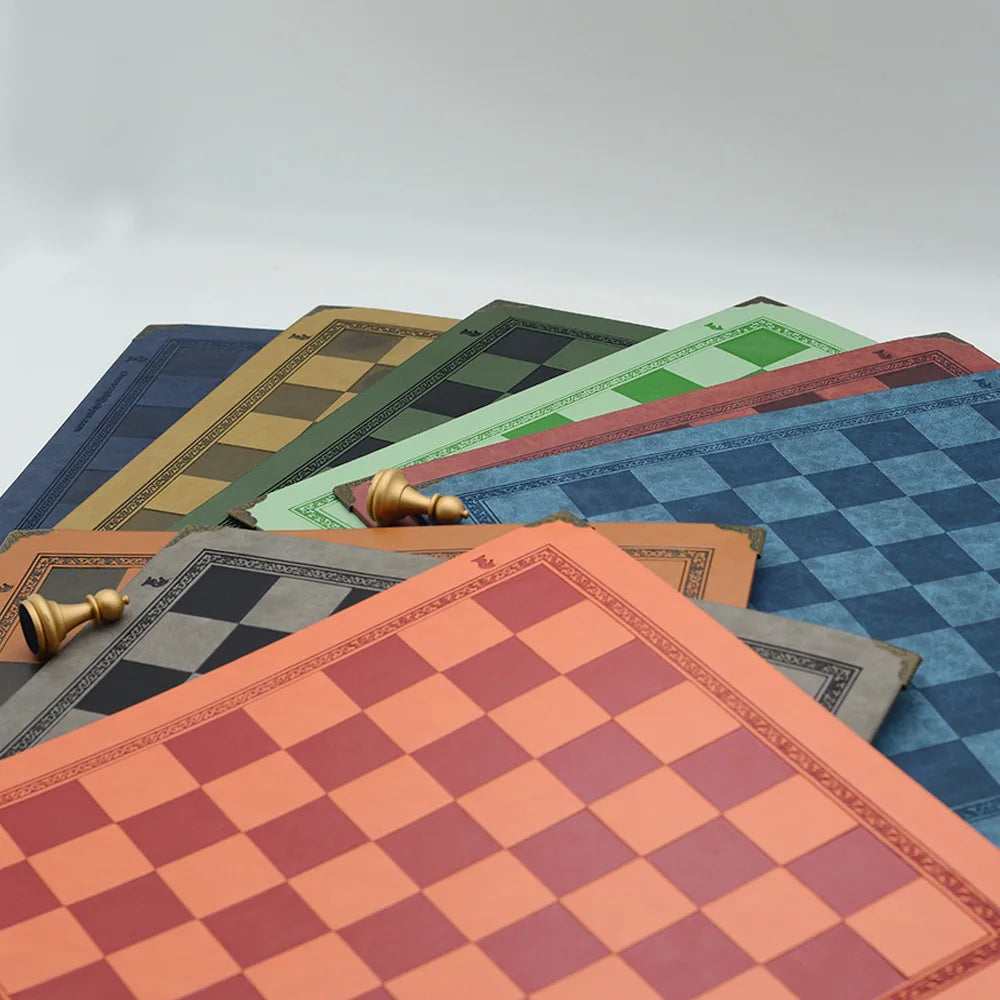
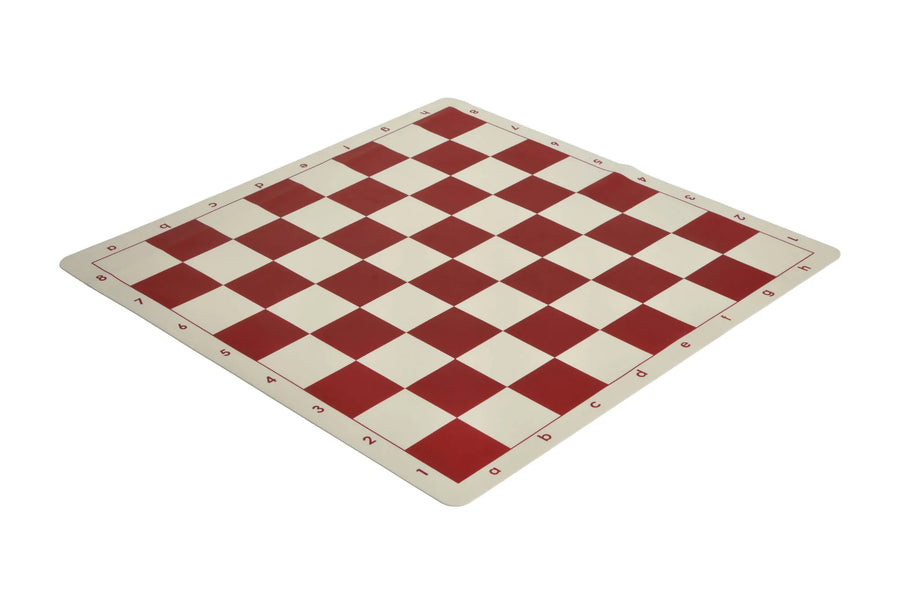
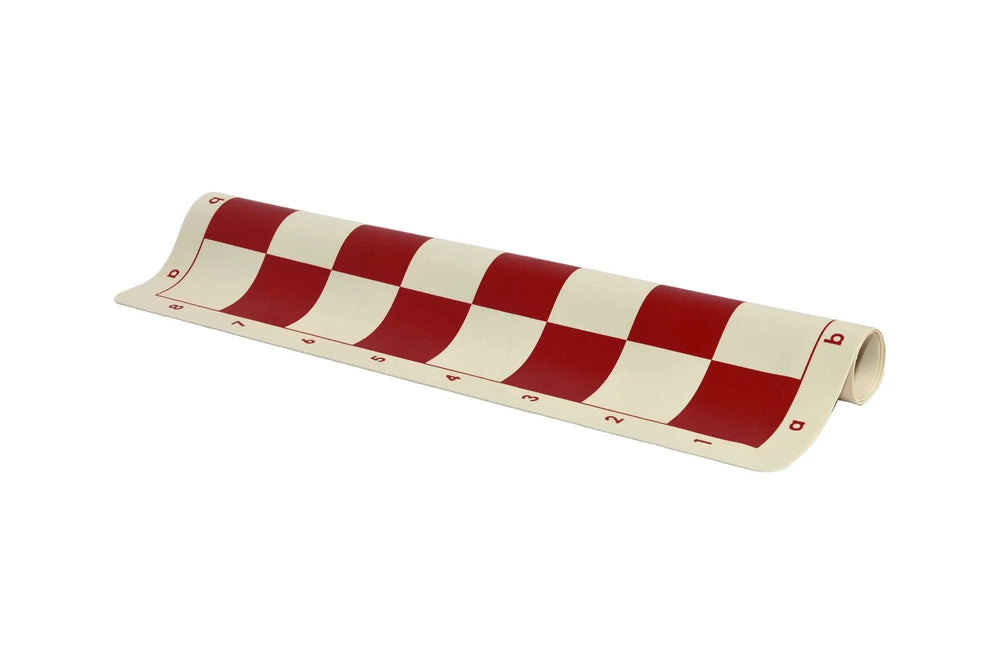
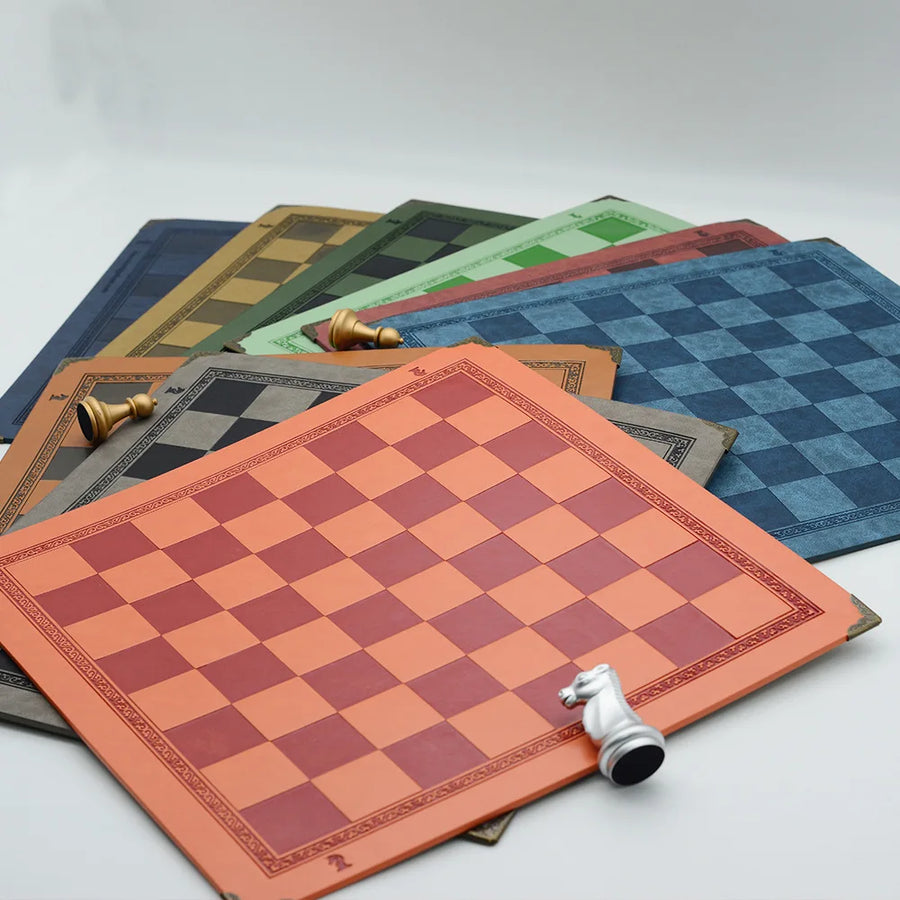
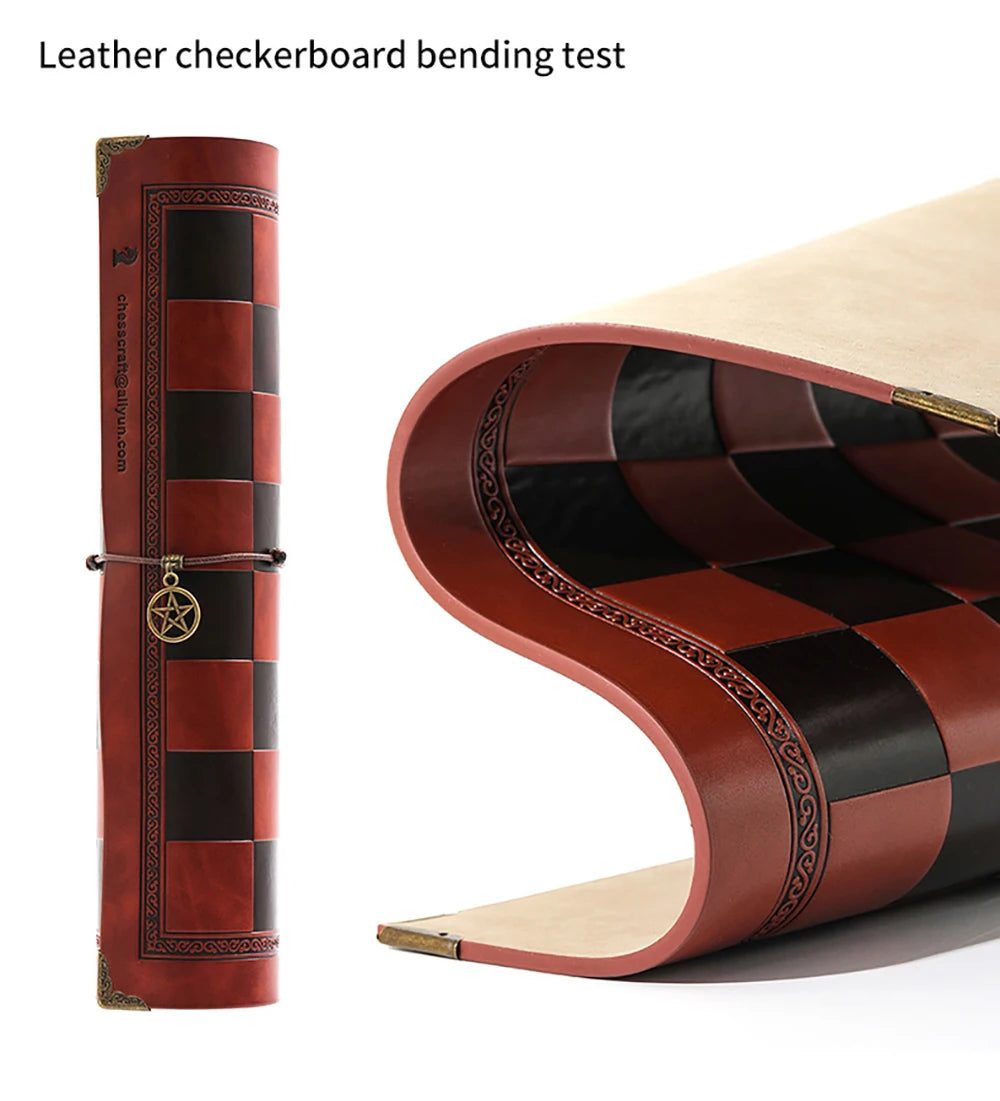
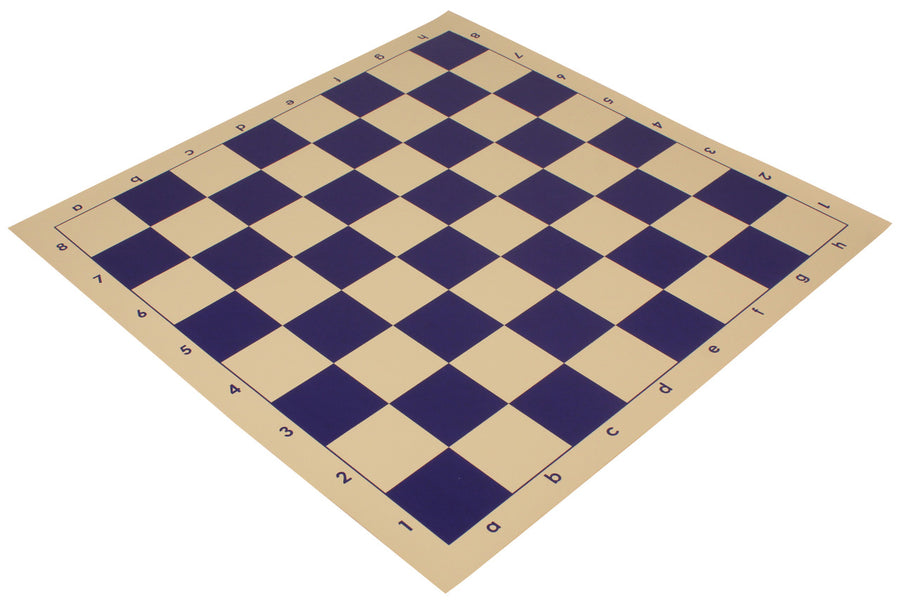
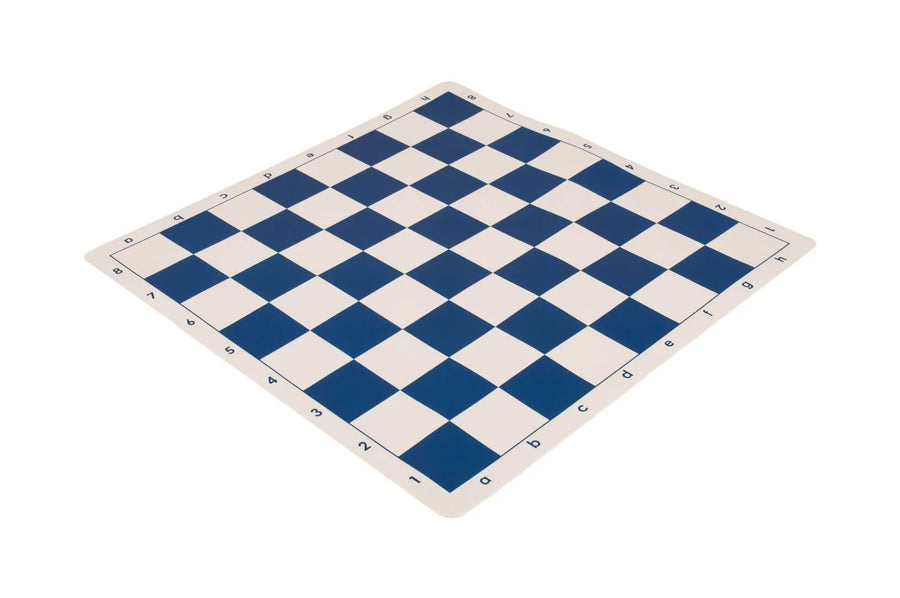
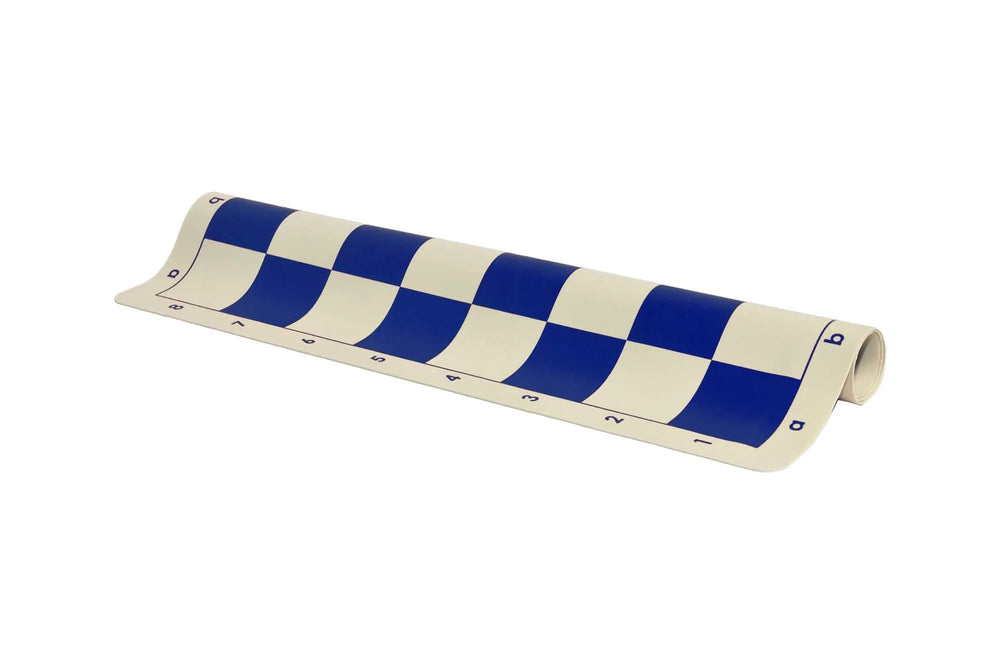
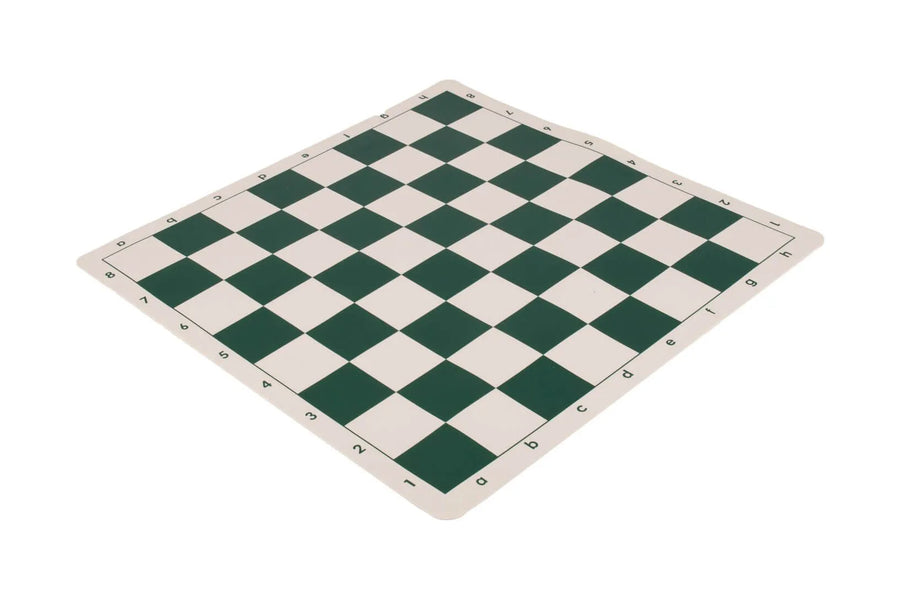
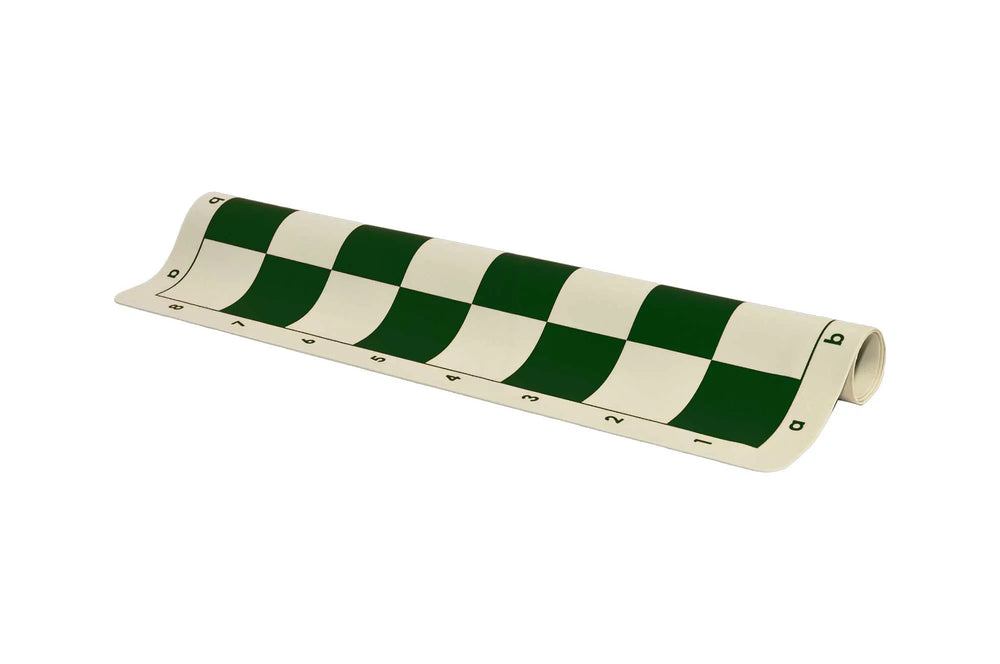
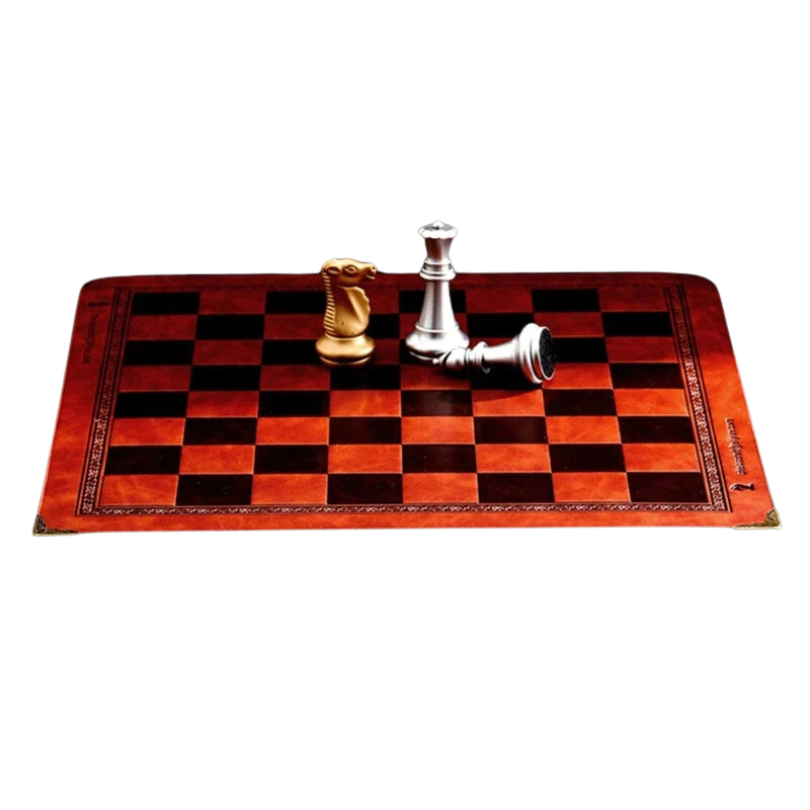
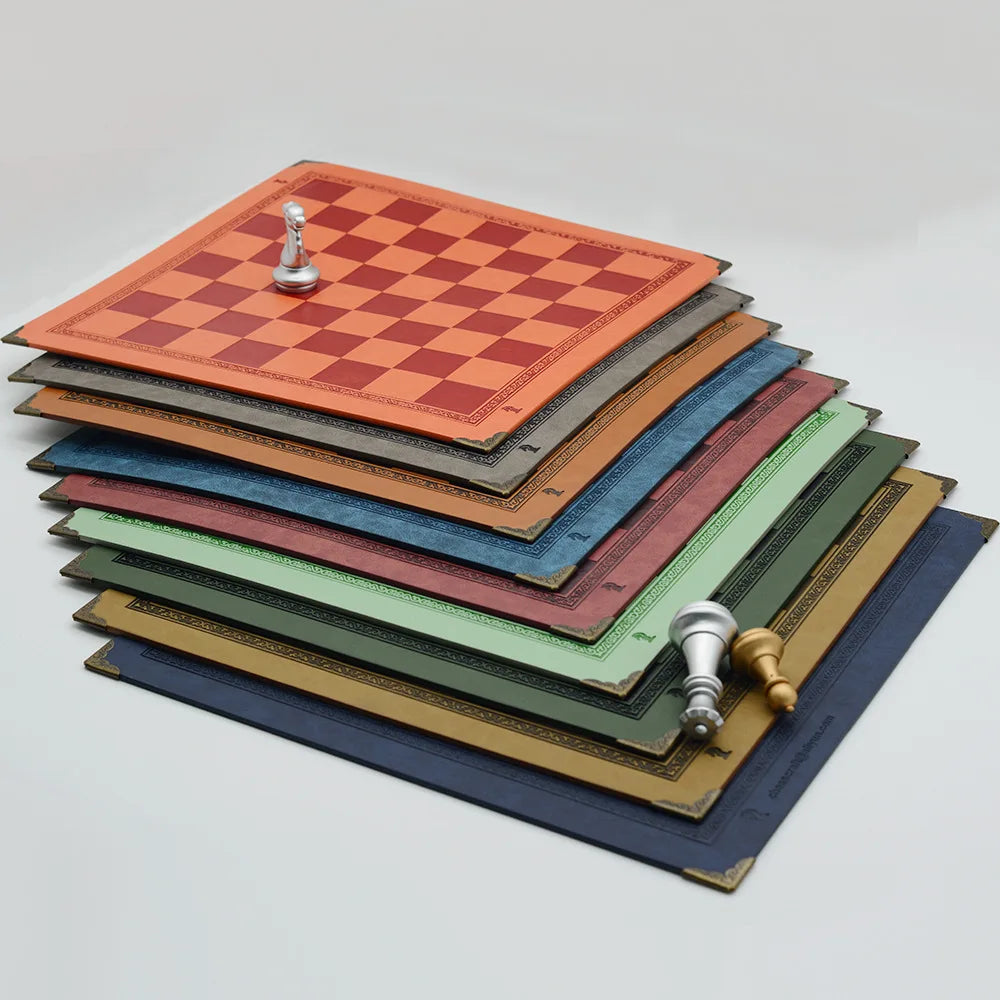
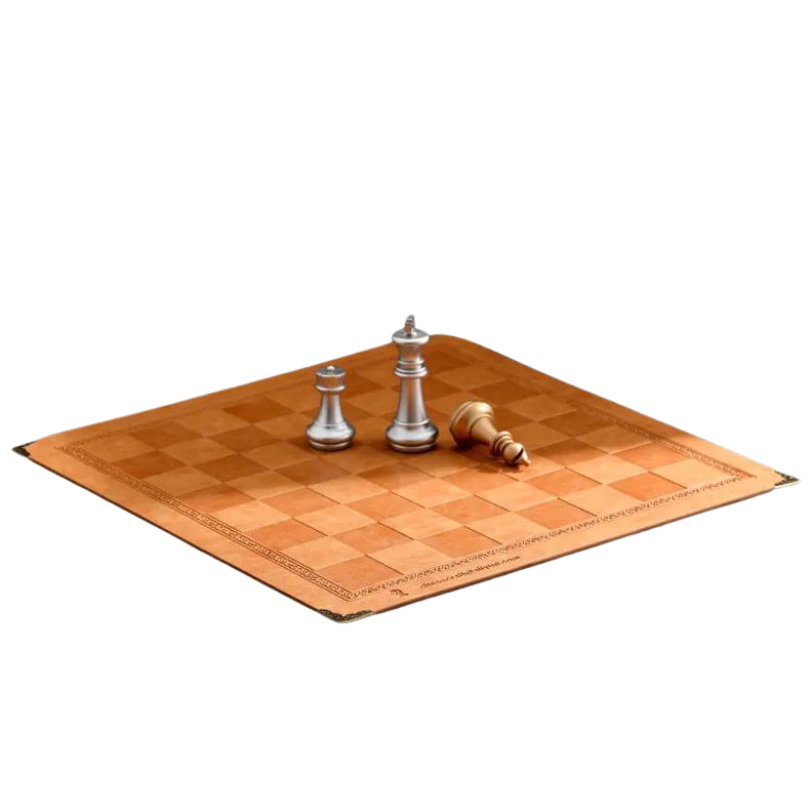
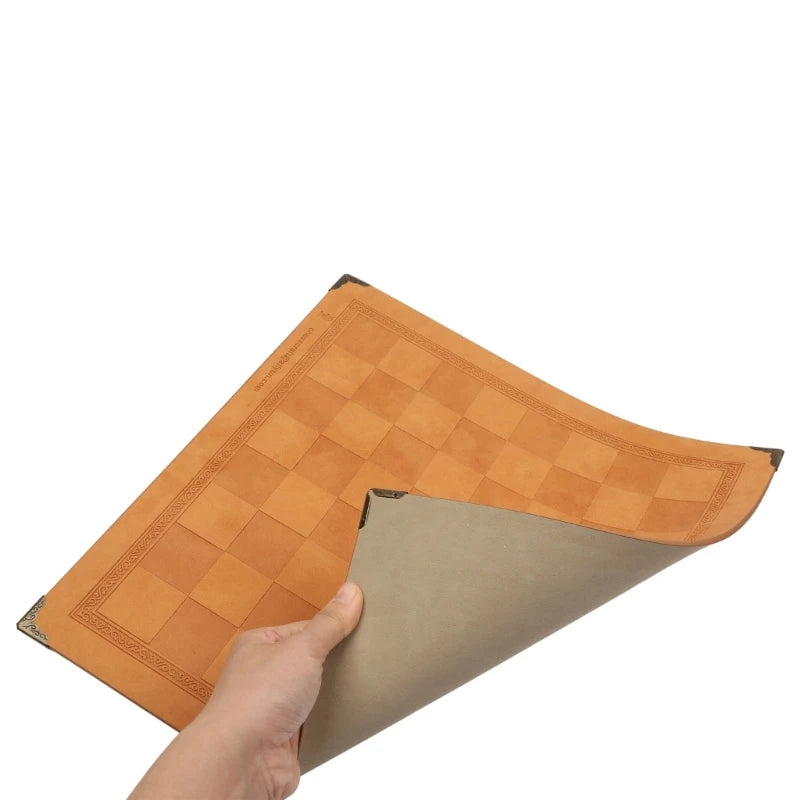
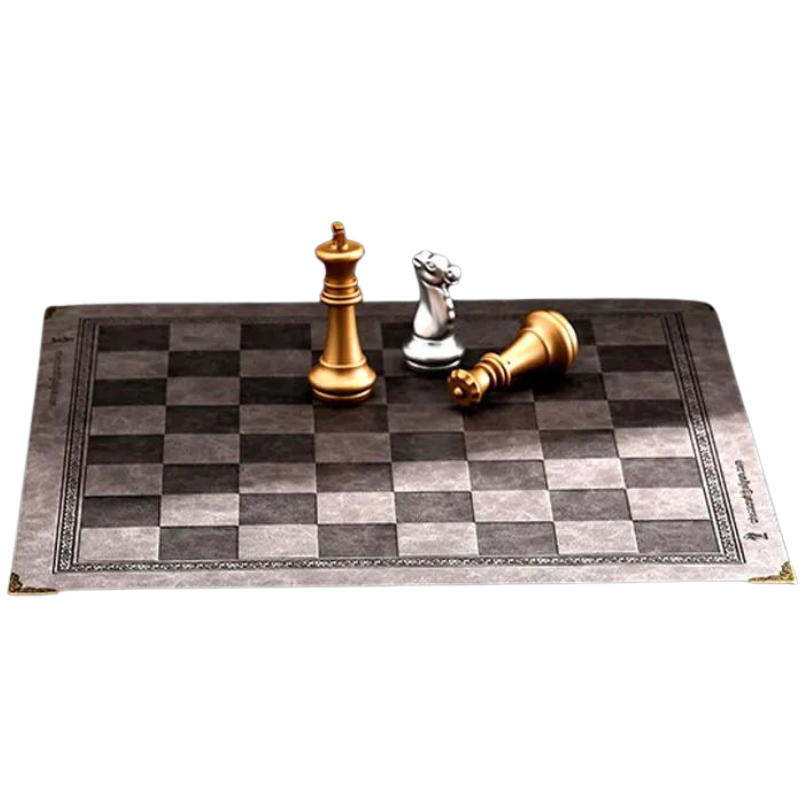
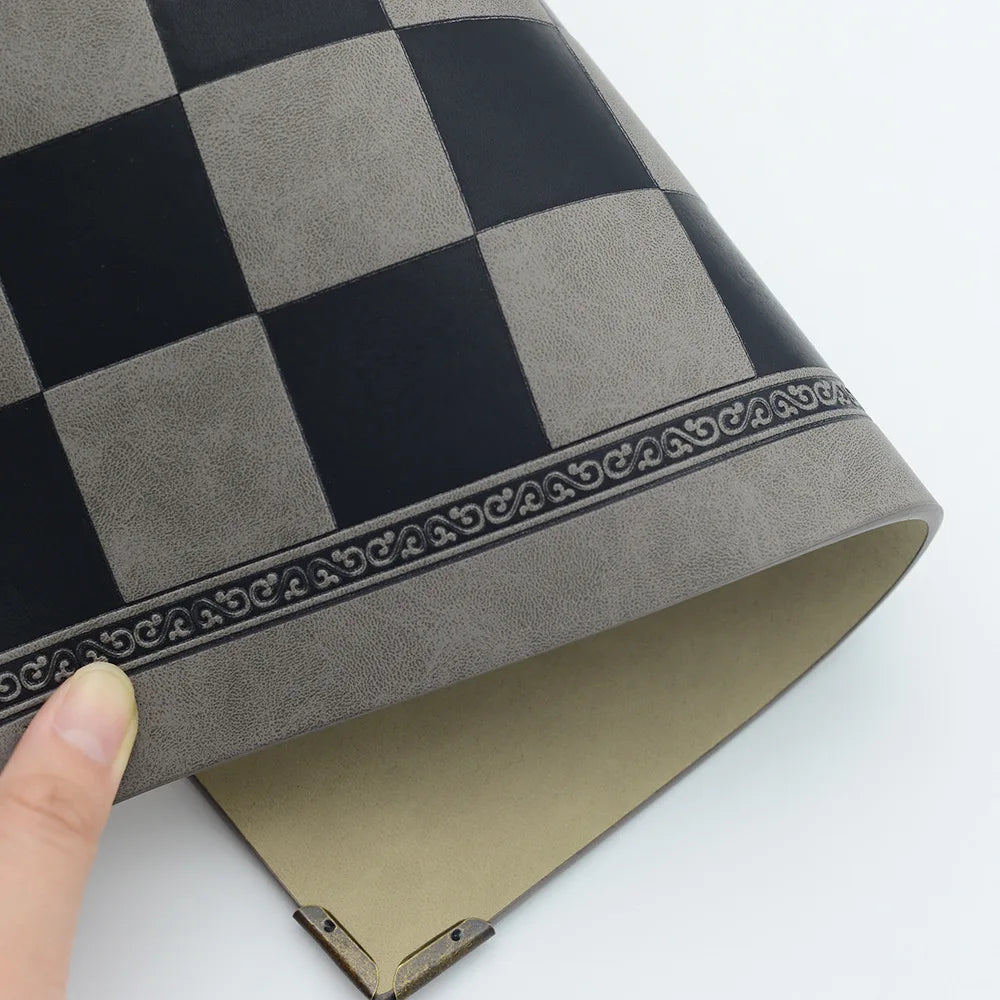














Leave a comment